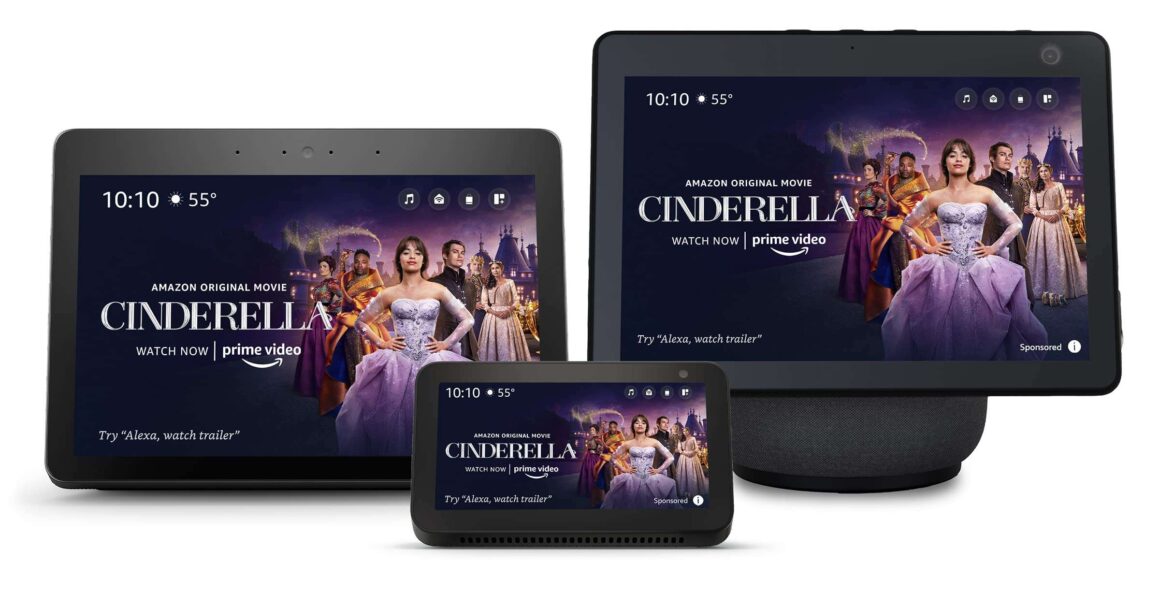The Ad Invasion on Smart Displays
Amazon wants to make money off its Echo Show devices. How do they plan to achieve this? By filling the smart displays with ads. Ads! The very thing most users hate seeing on their devices. Owners are now seeing frequent advertisements on their home screens. This includes promotions for Alexa+, Amazon’s generative AI assistant service that’s still in early access.
This is not the first time Echo devices have shown ads. Users have encountered ads through Shopping Lists, Alexa skill suggestions, or occasional audio ads during Amazon Music playback. Yet the volume and prominence of these ads have escalated recently. It’s gotten to the point where these ads override personal photos set as home screen backgrounds.
Monetizing Unprofitable Hardware
Amazon’s Echo and Alexa-enabled devices have never been profitable. Despite selling hundreds of millions of units, aggressive pricing and stiff competition mean the devices often sell at or below cost. Amazon’s strategy has been to use Echo hardware to drive engagement within its ecosystem. The hope is that users will spend more on services like Prime, Audible, or other services the company offers.
This approach worked but at a financial cost. Reports suggest Amazon’s smart devices have accumulated over $25 billion in losses by 2022. To offset these losses, the company has turned to ads. Ads now appear more frequently on both Echo devices, promoting Amazon services like Alexa+ alongside third-party products. With Amazon’s ad business generating billions annually, Echo devices are an opportunity to bolster revenue in this segment.
Users Push Back
This strategy comes with risk. Many Echo Show owners have voiced frustration over seeing ads ranging from snacks to home decor. Some have even considered turning off or returning their devices.
Ads are interfering with core functions, too. Photo slideshows and recipe browsing are being interrupted. They can also get repetitive, which can degrade the overall user experience. This backlash could weaken the device’s value to advertisers. Despite these concerns, Amazon seems determined to carry on with this ad-pushing strategy.
How Long Until Consumers Say Enough is Enough?
How far can a company push ads before users walk away? Amazon hopes the new approach will make its hardware profitable. If backlash continues to grow, the company could face challenges retaining loyalty among its smart device customers.
The ad apocalypse is here and it’s getting out of hand. Smart home devices are being treated as potential real estate for ads to manipulate consumers into spending more money on things they don’t need. At the same time, there are people who are willing to turn a blind eye if they’re attached to their Echo devices. Or they feel that competitors like Google fail to satisfy their needs like Amazon does.
If this group of consumers is large enough, Amazon can get away with their ads strategy despite growing criticism from other customers. We’ll see which demographic wins in the end.






